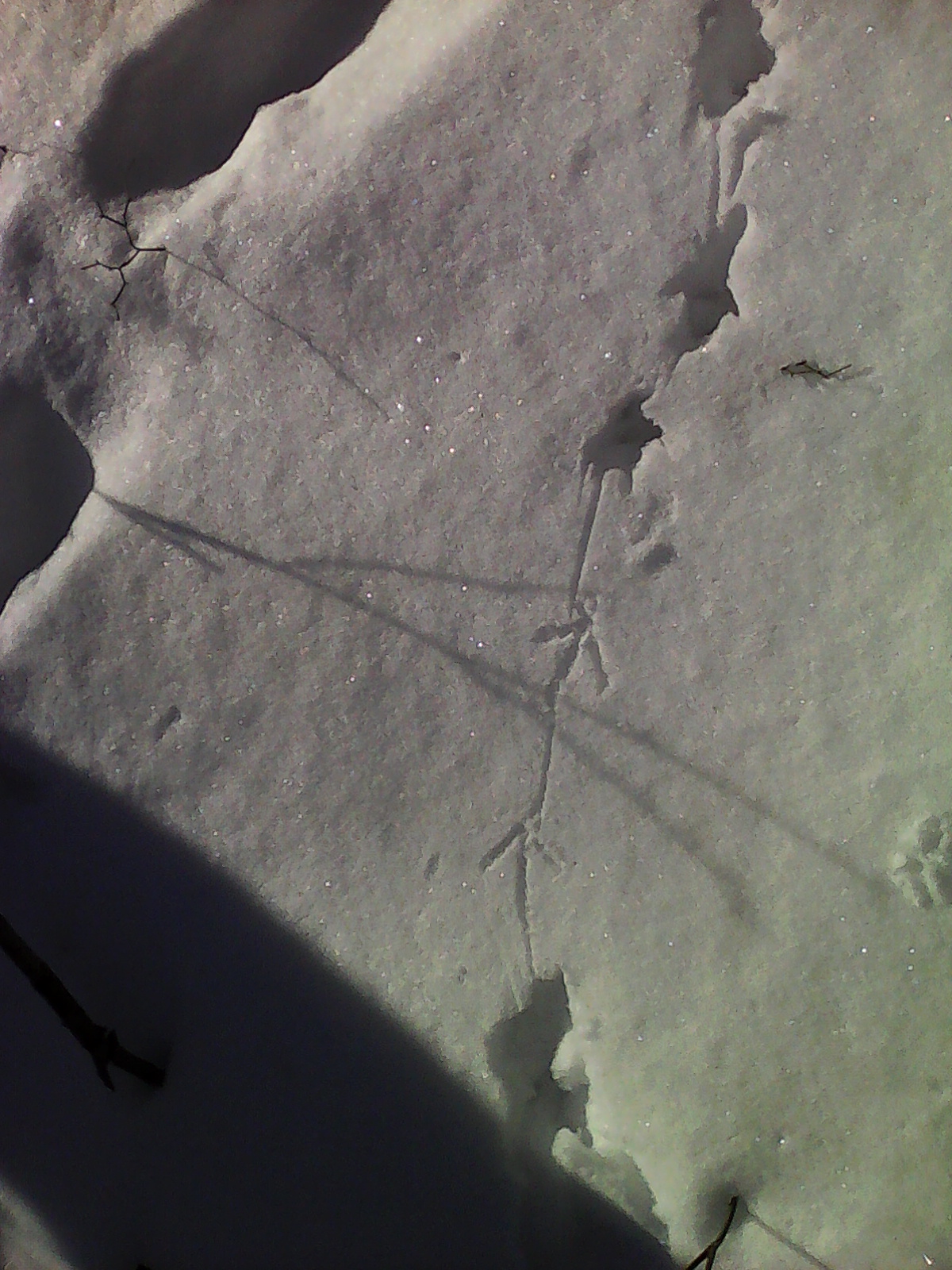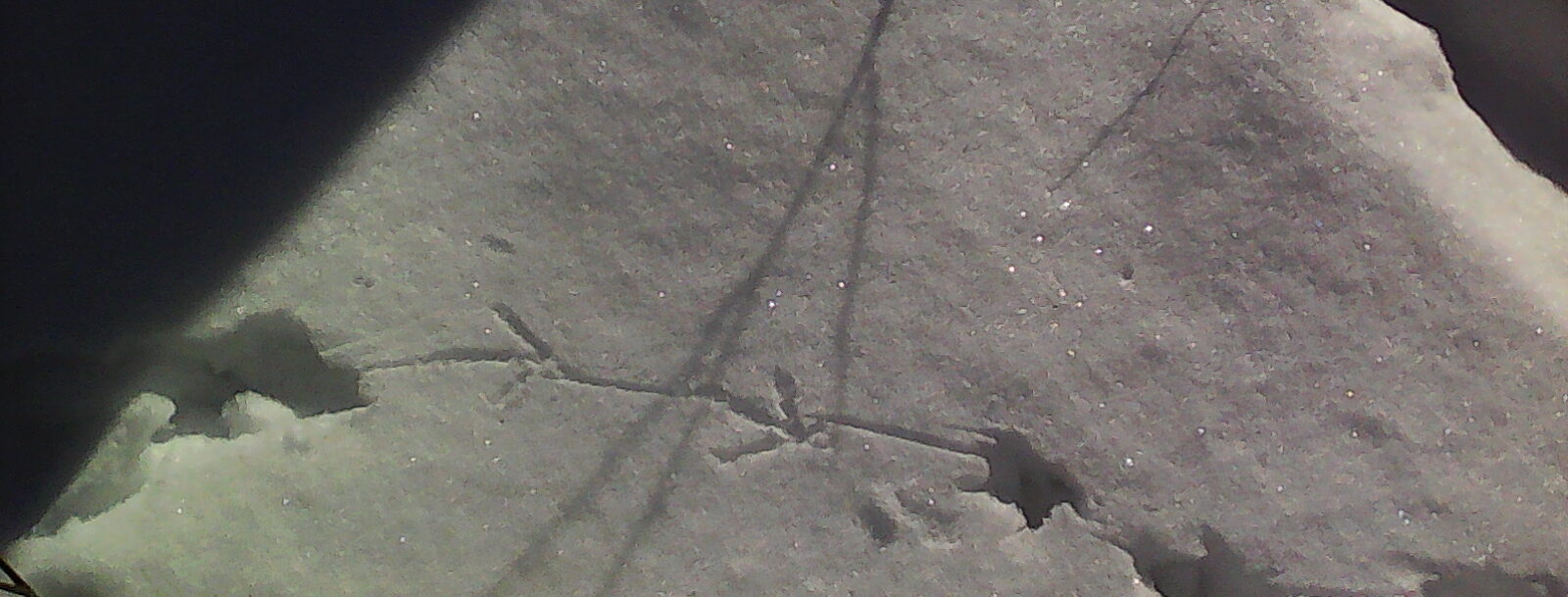For nature enthusiasts every where, today’s blog foot prints are from a ring-necked pheasant.
The ring-necked pheasant is much too shy to hang around for any additional photographs but I think the foot prints look interesting in the snow.
Our photographs today were submitted by one of our Readers.
The Pennsylvania State Game Commission began stocking pheasants to their state in 1915.
Unfortunately, Pennsylvania’s wild pheasant population harvest has gone from 1.3 million to 110,000 birds with the decline starting in the 1970’s.
Wildlife managers think that habitat loss and land-change uses are responsible for the decrease in ringed-neck pheasants.
Shopping malls, urban development, and housing projects take away land that the pheasants need for survival.
There are fewer large farmland fields and tall grasses for pheasants to nest in. With less cover, the pheasant’s brood is in danger from predators.
Now a day, pheasant hunting is largely done with stocked birds.
Pheasants Forever is a wildlife habitat conservation group. Their goal is to restore wild pheasant and quail populations. Pheasants Forever try to improve the habitat for pheasants and other wildlife through education, conservation, and advocacy.
It takes a great deal effort and commitment to resources to effectively do this.
For now, the skittish ringed-necked pheasant leaving these footprints will probably get a few bites of seeds fallen from the bird feeders. This helps the pheasant to survive the cold snowy winter.
Interestingly, our Reader, also, mentioned she feels that there has been an overall general decline in the number of wild birds at her feeders.
I want to say thank you to all nature lovers who feed birds during the cold winter months.
 Pheasant Foot Prints
Pheasant Foot Prints


E43,
Thank you for reading our blog. I see that you are reading our blog about the neighborhood bat boxes. I think you will also enjoy today’s blog on the ringed-neck pheasant. Take care and have a great day.
FARMHOUSE MAGIC BLOG.COM